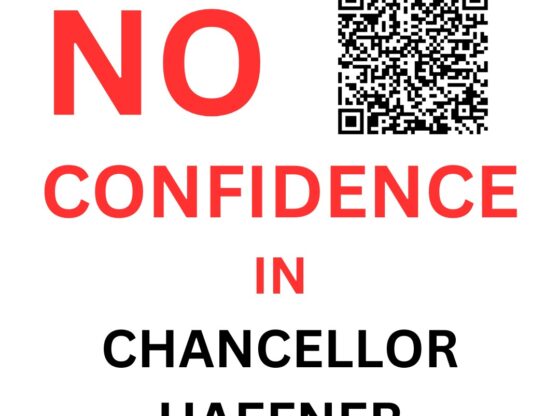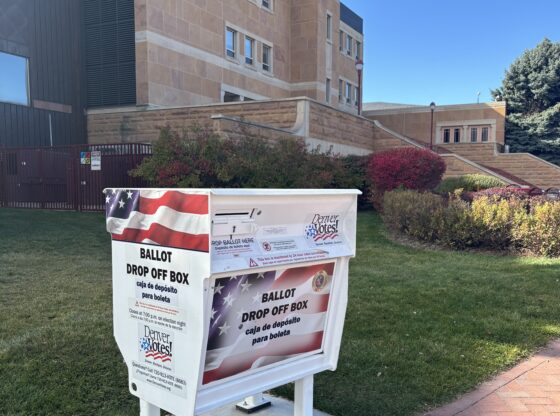CUMBERLAND, Md. — At the YMCA in this northern outpost of Appalachia is a rarity: a federal social program that President Bush wants to beef up.
A group of teens and preteens is gathered in a windowless cinder-block room playing a game called “basket of consequences.”
A boy whose flattop looks like freshly mown grass reaches into a basket, pulls out a plastic egg, cracks it open and takes out a picture of a ghost.
The ghost represents death, the middle-school student says, adding that you can die of AIDS if you have sex.
“Good,” the instructor says, as she pushes the lesson one step further. “How about: A ghost can haunt you, and you can be haunted by decisions you make that might seem good to you right now but aren’t –like having sex or drinking or taking drugs?”
In a budget tight for almost everything but defense and homeland security, Bush has asked Congress for $135 million next year –a 30 percent increase — to encourage teens to abstain from sex as their only form of birth control.
To qualify for federal money, local programs must deliver a very strict message of abstinence, one that omits any guidance regarding birth control.
During the 1996 overhaul of federal welfare programs, Congress said abstinence programs were supposed to focus exclusively on the “social, psychological and health gains” to be realized from avoiding premarital sex.
“We never discuss where to get birth control or anything like that. We can’t,” said Kelli Lehew, who teaches the curriculum at the Cumberland YMCA. “We do tell them that birth control is ineffective and that at least three types of sexually transmitted diseases can get through condoms.”
The issue of teaching abstinence to the exclusion of other forms of sex education goes to the core of deeply held moral values and a long-standing dispute concerning Washington’s proper role in guiding people’s most intimate decisions.
The White House push for abstinence-only funds angers proponents of comprehensive sex education, who criticize it as unduly prescriptive and not very effective.
California, alone among the states, has gone so far as to turn back federal funds for abstinence-only programs. State lawmakers, led by Democrats, cited concerns that the state’s own abstinence-only program did not work.
But advocates of the program say that diluting the abstinence message destroys it. Claude Allen, deputy secretary of Health and Human Services in Washington, put it this way:
“If I have a shiny new Lamborghini parked in the driveway with the keys on the hall table and I say to my son, ‘I don’t want you to drive that car until you are older,’ and then I say, ‘But if you do drive it, please wear a seat belt,’ what do you think he will do? That’s a mixed message.”
The debate is heating up at a time when teen-age birth rates are down: 48.7 births per 1,000 females ages 15 to 19 in 2000, from a recent high of 62.1 births in 1991. Still, the U.S. rates remain higher than for any other industrialized nation.
While the cause of that decline is in disagreement, experts cite a few possible explanations, including more conservative social attitudes in the 1990s and increased fear of sexually transmitted diseases.
Appeals to sexual abstinence and the political message of personal responsibility, embodied by welfare reform, may have helped too, they say.
Sarah Brown, director of the National Campaign to Prevent Teen Pregnancy, says it’s futile to ask whether abstinence or contraception was responsible. Birth rates fell 22 percent in the 1990s, she said, “because of both–less sex and more contraception.”
In a recent letter to Bush, 71 national organizations asked him to retract his request for more abstinence-only funds.
The organizations instead embrace what they call “abstinence plus,” which urges delaying sexual activity but also educates students about contraceptives and their role in preventing sexually transmitted diseases such as AIDS.
Proponents of the abstinence-plus plan argue that an abstinence-only message may harm rather than help teens.
They cite research suggesting that teen-agers who have taken “virginity pledges” may be more likely to skip birth control if they ultimately do engage in premarital sex.
And there also is concern that teaching students that condoms cannot protect against all diseases obscures their effective use in limiting the spread of AIDS.
“Abstinence is the best choice. It’s choice No. 1, 2 and 3,” Brown said. Still, she maintained, it is a mistake to overlook young people who will ignore the message.
Recent comments by Secretary of State Colin L. Powell in support of condom use were in line with this approach, but they sparked an outcry among social conservatives.
The Family Research Council branded Powell’s remarks “reckless and irresponsible.”
White House officials responded that the president believes both strategies have benefits.
At the Cumberland YMCA, where three-fourths of the students enrolled in after-school programs rely on financial aid, the $250,000 grant received under Bush’s community-based initiatives last year has helped bring the abstinence-only message to more than 1,200 young people.
Officials there say they would like to do more.
“We hope to be able to go to the public schools with this program soon,” instructor Lehew said. “I believe this message really works.”











